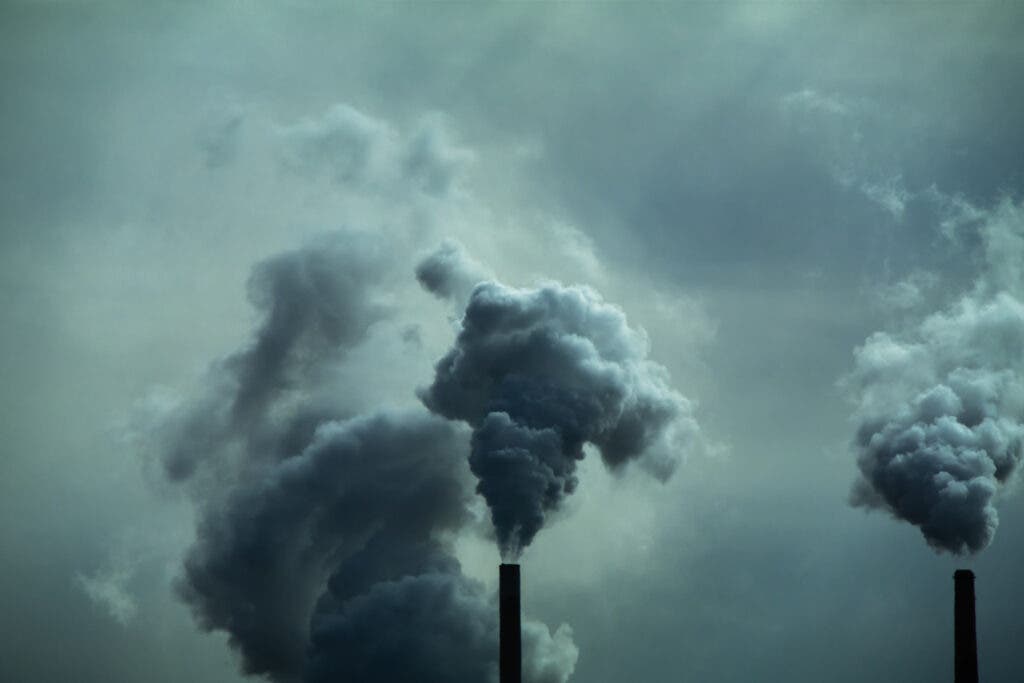Back in 2017, Portugal pledged to give up on coal, the most polluting energy source of all fossil fuels, by 2030. With nine years to go, the government just shut down the last remaining coal plant (Pego) which had been the country’s second-largest emitter of carbon dioxide. Now, it’s time to expand renewable energy, campaigners argue.

Portugal is now the fourth country in the European Union to stop using coal for power generation — the three others being Belgium, Austria, and Sweden. This year, the EU adopted ambitious climate targets to tackle climate change, hoping to cut greenhouse gas emissions by at least 55% by 2030 — and leaving coal is essential to deliver on that pledge.
The last coal plant to close in Portugal, Pego, is located 150 kilometers (90 miles) northeast of the capital Lisbon. Now, the country doesn’t have any coal mines left, and it also doesn’t have any oil or gas resources (so they’re all imported). Seeking to replace them, the government has been investing heavily in renewables in recent decades, which now account for about 70% of its energy matrix, but there’s still a way to go.
While environmentalists welcomed the news, Portugal is now considering the continued use of Pego with other types of energy, including biomass (burning wood pellets), and many see this as counterproductive. Francisco Ferreira, head of the Portuguese environmental association ZERO, said in a statement Portugal shouldn’t repurpose Pego and instead expand renewables even further.
“Portugal is the perfect example of how once a country commits to quitting coal, the pace of the phase out inevitably accelerates. The benefits of transitioning to renewables are so great, once started, it only makes sense to get out of coal as fast as possible,” said Kathrin Gutmann, Europe Beyond Coal campaign director, in a statement.
Considering that the Portuguese government is now being sued by the European Commission (EC) for poor air quality, moving away from coal is a step in the right direction. Portugal has very high levels of nitrogen dioxide (NOX) in the atmosphere and the EC is questioning the government for “continually and persistently” exceeding the NOX limit in several cities.
Phasing out coal
A group of 28 countries recently joined forces at the COP26 climate summit a global alliance to phase out coal, which has already been agreed by a total of 48 governments. The Powering Past Coal Alliance (PPCA) includes members such as Poland, one of the main consumers of coal in Europe, as well as Singapore, Chile, Estonia, South Korea, and Canada.
China hasn’t signed the pledge yet, which is very significant as China is the world’s largest coal consumer. Coal accounted for 56% of energy consumption in China last year and the government is currently building new coal plants. Still, there have been some positive signs, as China agreed to stop funding new coal plants in foreign countries.
Coal currently accounts for over one-third of global electricity generation, according to the International Energy Agency (IEA). Still, there seems to be a light at the end of the tunnel. Since 2015, a total of 1,175GW of planned coal-fired power projects were canceled after pressure from civil society, market trends, and government policies. However, if we want to truly give up on fossil fuel energy, there’s much more we still need to do.


